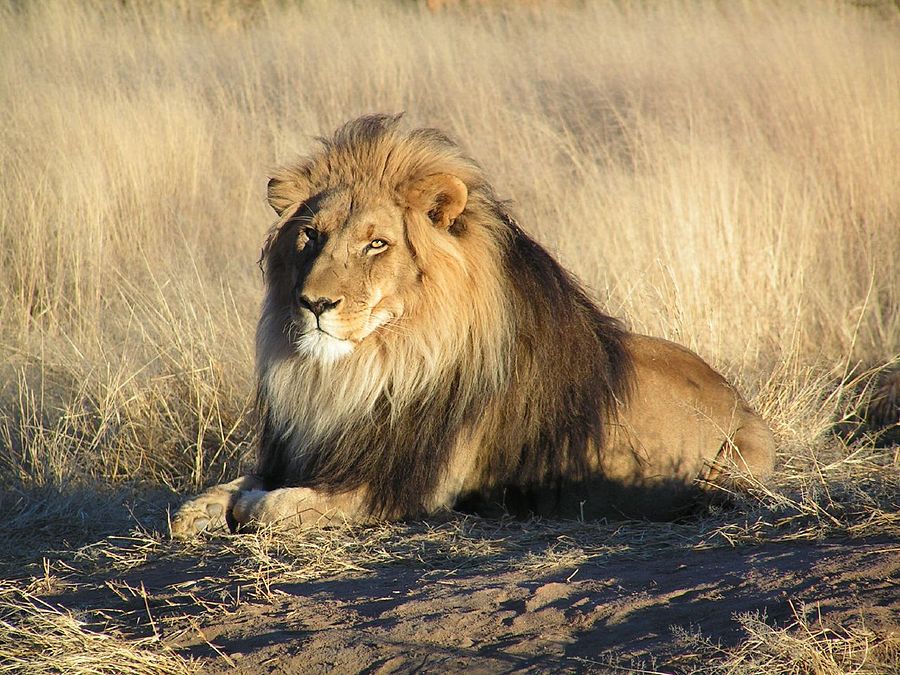Facts About Lion
The lion, a majestic big cat from the genus Panthera, roams the wilds of Africa and India. Known for its powerful build, rounded head, and distinctive tail tuft, the lion is a striking figure in the animal kingdom. Male lions, larger than females, are easily recognized by their impressive manes. These social creatures live in groups called prides, which typically include a few adult males, related females, and their cubs. Female lions usually cooperate when hunting, targeting large prey like wildebeest, zebras, and buffaloes. As apex predators, lions sit at the top of the food chain and hold a special place in human culture, frequently appearing in art, literature, and national symbols.
The word "lion" comes from the Latin "leō" which was borrowed from the Ancient Greek "λέων." The scientific name, Felis leo, was given by Carl Linnaeus in 1758. Over time, lion taxonomy has evolved, and today, two subspecies are recognized: Panthera leo leo and Panthera leo melanochaita.
Lions typically inhabit grasslands, savannas, and shrublands. Historically, their range extended across Africa, Southeast Europe, and parts of Asia. Sadly, lion populations have plummeted, and they have been listed as Vulnerable on the IUCN Red List since 1996. Major threats include habitat loss and conflicts with humans.
When it comes to hunting, lions rely on short bursts of speed rather than endurance to catch their prey. They are also known to scavenge and fiercely guard their kills from other predators like hyenas. Occasionally, lions have been known to prey on humans, leading to documented human-lion conflicts.
Conservation efforts are underway to protect lion populations in both Africa and Asia. Large protected areas are crucial, and tourism revenue often supports these conservation initiatives. In India, the Asiatic lion population in Gir National Park has grown, but it still faces challenges due to its limited range and ongoing human-wildlife conflicts.
Culturally, lions hold profound significance. They are symbols of strength, royalty, and nobility, often featured in mythology, art, and literature. From ancient Egyptian and Mesopotamian civilizations to Indo-Persian traditions, lions have been central figures in stories, proverbs, and dances. Even today, lions remain popular symbols in modern culture, appearing in books, movies, and as mascots for various organizations.

 Tanzania
Tanzania